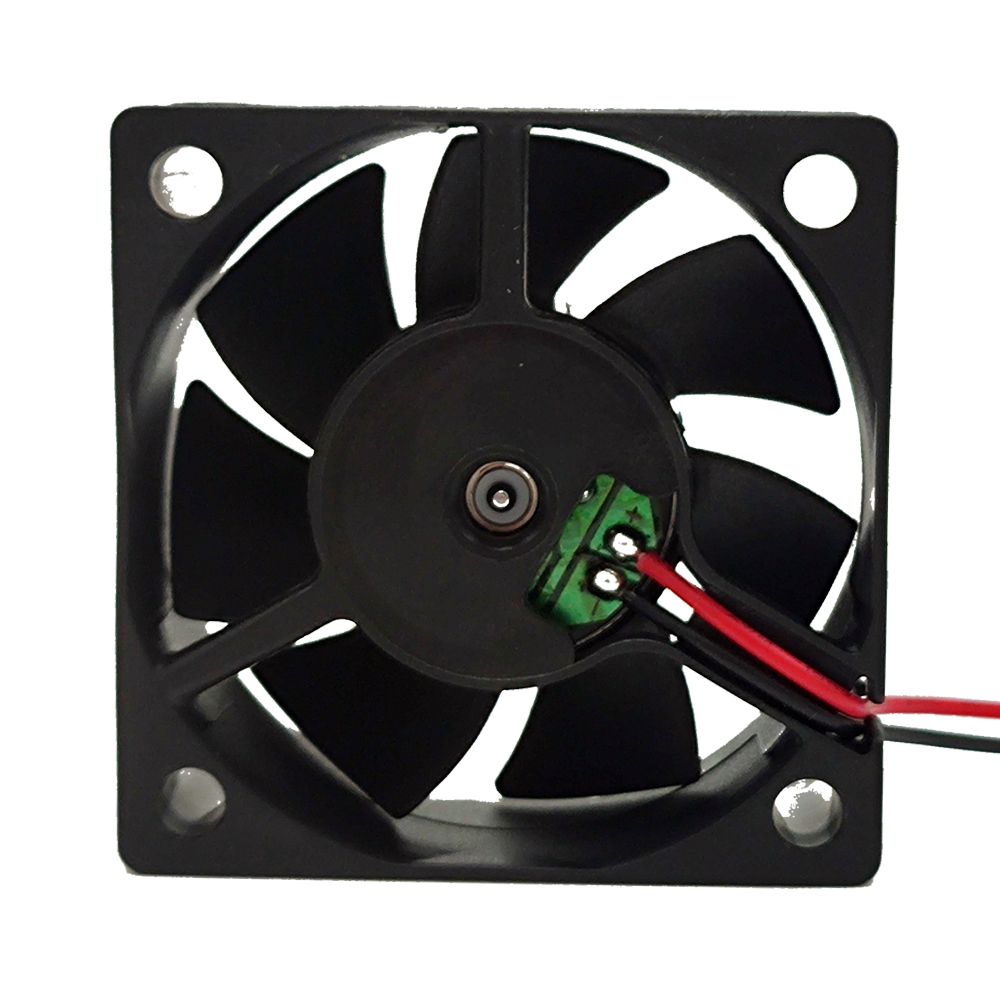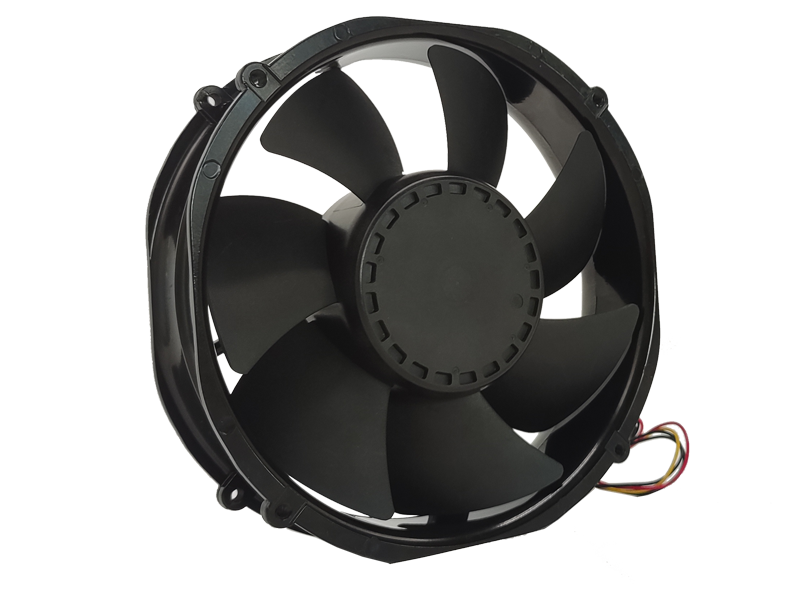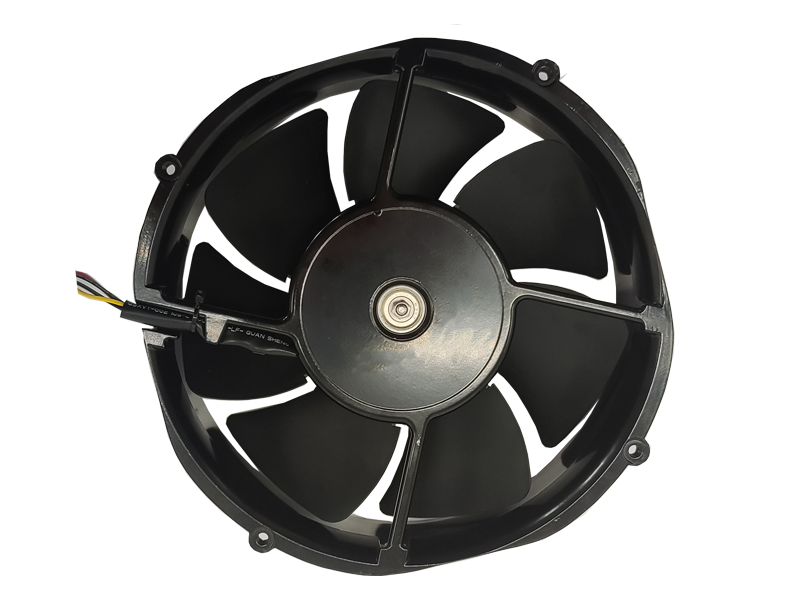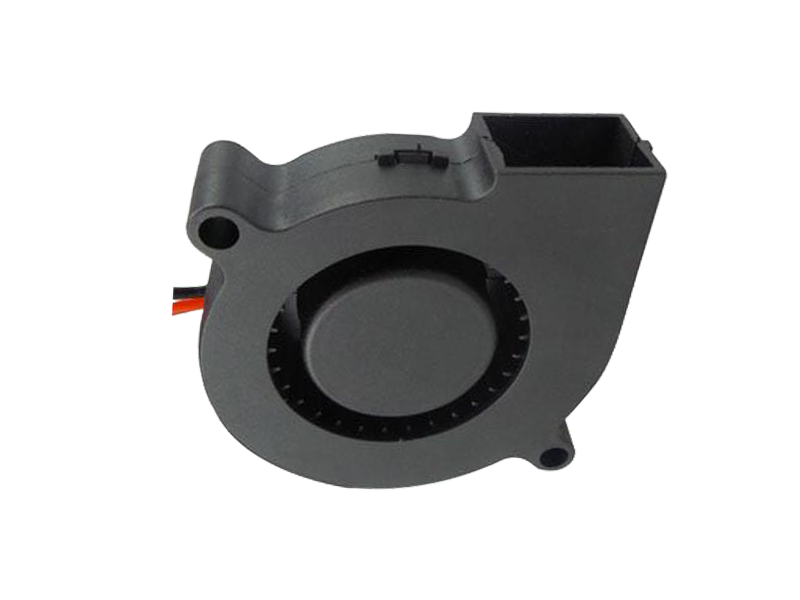Industrial fans are often the unsung heroes of modern manufacturing, construction, and other industrial operations. These machines, designed to regulate airflow, control temperature, and maintain air quality, are critical to the functionality of various systems, machines, and even entire factories. While they may seem like simple tools, industrial fans are intricate products that play a significant role in the overall efficiency and performance of industrial environments.
In this article, we will explore the importance of industrial fans from a product development perspective. We’ll examine their functionality, the various types available, the challenges involved in designing and selecting industrial fans, and the emerging trends that are shaping the industry. We will also look at how fan design impacts not only operational efficiency but also the sustainability and profitability of industrial operations.
1. The Role of Industrial Fans in Product Development
When we think of industrial fans, we usually consider their primary function—moving air. However, their role in product development is much more nuanced and multi-dimensional. Fans are integral components in manufacturing processes that influence everything from machinery performance to overall system optimization and sustainability. In fact, their design and performance can have a profound impact on the end-product quality, operational safety, and energy efficiency.
a. Managing Heat and Temperature
Industrial fans are crucial in managing heat within various processes. Overheating is one of the most common causes of failure in industrial machines. When machinery or electronic devices become too hot, it can lead to inefficiencies, slower processing speeds, or even total breakdowns. To prevent such scenarios, industrial fans are employed to regulate temperature by dissipating excess heat and ensuring that all equipment operates within optimal temperature ranges.
For instance, in electronics manufacturing, temperature regulation is vital to the proper functioning of sensitive devices. In semiconductor fabrication plants, where precision is key, fans are used to maintain the temperature of equipment and ensure the stability of chemical reactions during the production process. By facilitating proper cooling, industrial fans directly contribute to the quality of the finished product and the longevity of the equipment.
b. Enhancing Airflow for Efficient Operations
In industrial environments, managing airflow is critical for operational efficiency. Fans are used to transport air within a system to ensure that equipment receives adequate ventilation, which reduces wear and tear, and prevents overheating. Additionally, the efficiency of many industrial systems—especially those involving combustion or filtration—depends heavily on airflow dynamics.
For example, in combustion engines or industrial boilers, controlling the flow of air to the fuel is essential for optimizing combustion. Industrial fans ensure that these systems run efficiently, maintaining the right mixture of air and fuel, which directly influences the quality of energy produced and the emission levels. Similarly, in industrial filtration systems, fans help create negative pressure, ensuring that contaminants and dust are effectively captured and removed from the air.
c. Promoting Product Quality and Safety
Aside from temperature and airflow, industrial fans are essential for promoting product quality and safety. Many industrial processes generate hazardous fumes, dust, or volatile substances. In settings where air quality is a concern, fans equipped with filters or scrubbers are deployed to manage these pollutants and ensure the safety of workers and the integrity of the product.
For example, in the pharmaceutical industry, fans are used to ventilate cleanrooms, where sterile conditions are critical to preventing contamination. In food processing plants, fans are essential for regulating temperature and humidity, ensuring that products are stored and processed under controlled conditions. Additionally, proper ventilation helps to reduce the risk of fire hazards and maintain a safe environment for workers.
In these ways, industrial fans are not only functional components, but also product-quality enhancers and safety enablers, making them an indispensable part of industrial operations.
2. Types of Industrial Fans and Their Applications
Choosing the right industrial fan depends on the specific needs of the application. There are several types of industrial fans, each designed for particular functions based on airflow, pressure, and energy requirements. Understanding the differences between them helps manufacturers and engineers select the best fan for their operations.
a. Axial Fans
Axial fans are perhaps the most common type of industrial fan. These fans are characterized by their ability to move air along the axis of the fan. Axial fans are designed for high-volume, low-pressure applications, making them ideal for cooling and ventilation tasks.
Applications: Axial fans are typically used in applications such as HVAC systems, cooling towers, and general ventilation. They are commonly employed in large warehouses, factories, or any space requiring high air circulation but low static pressure.
Advantages: Axial fans are efficient and cost-effective for moving large volumes of air over relatively short distances. They are well-suited for low-pressure applications and can handle large, open spaces.
b. Centrifugal Fans
Unlike axial fans, centrifugal fans create airflow by drawing air into the center of the fan and forcing it out through a discharge pipe or duct. The airflow is directed at a 90-degree angle from the intake, creating higher pressure. This makes centrifugal fans ideal for applications where higher pressures or airflow resistance is required.
Applications: These fans are commonly used in industrial processes like dust collection, air conditioning systems, and ventilation in confined spaces. They are also essential in systems where airflow needs to be directed through ducts or other resistance-based systems.
Advantages: Centrifugal fans provide high-pressure airflow and are capable of moving air through long ductwork or other restrictive pathways. They are well-suited for applications that require efficient filtration or ventilation in confined areas.

c. Mixed-Flow Fans
Mixed-flow fans combine elements of both axial and centrifugal designs. These fans are designed to provide a balance between high airflow and moderate pressure, making them versatile for many applications.
Applications: Mixed-flow fans are ideal for air handling units, large HVAC systems, and even in exhaust or ventilation systems where both volume and pressure are important.
Advantages: These fans offer a hybrid solution for situations that require a blend of high volume and moderate pressure. They are especially effective in areas with limited space but still require a robust airflow.
3. Key Challenges in Designing Industrial Fans
Designing industrial fans is a complex process that involves balancing multiple factors, including airflow requirements, pressure, energy efficiency, and durability. Engineers and designers face several challenges in ensuring that the final product meets the needs of the application while also performing optimally under various conditions.
a. Energy Efficiency and Cost-Effectiveness
One of the primary challenges in industrial fan design is maximizing energy efficiency. Industrial fans, particularly in large-scale applications, can consume significant amounts of electricity. In today’s energy-conscious world, minimizing energy consumption without sacrificing performance is crucial for reducing operational costs and promoting sustainability.
Innovative design solutions, such as the use of energy-efficient motors, advanced fan blade geometries, and variable-speed drive systems, are being employed to improve fan efficiency. Variable-speed drives, for instance, allow fans to operate at different speeds based on the system’s demand, which reduces energy consumption when full power is not necessary.
b. Noise Reduction
Industrial fans often operate in environments where noise is a concern, especially in workplaces where employees spend long hours in close proximity to the machinery. Noise can be detrimental to worker health, productivity, and overall job satisfaction. As a result, fan manufacturers must design products that reduce noise while still maintaining airflow and pressure.
To minimize noise, manufacturers are turning to advanced design techniques, such as vibration dampening, noise-absorbing materials, and optimized blade designs that reduce turbulence. Additionally, the use of quieter motors and adjustable fan speeds can also help reduce noise levels.
c. Durability and Maintenance
Given the harsh environments in which industrial fans often operate, durability is a key concern. These fans must be able to withstand high temperatures, exposure to moisture, corrosive substances, and other challenging conditions. Ensuring the longevity of the fan requires selecting the right materials, coatings, and components.
Maintenance is also an important consideration. Industrial fans require regular servicing to ensure their continued performance. Designing fans with easy-to-replace parts, self-lubricating bearings, and corrosion-resistant materials can help reduce maintenance costs and extend the fan's service life.
4. Future Trends in Industrial Fan Design
The future of industrial fan technology is marked by several key trends, particularly as industries become more energy-conscious and environmentally focused.
a. Smart Fans and IoT Integration
With the rise of the Internet of Things (IoT), fans are becoming smarter. Sensors and monitoring systems are being integrated into industrial fans, allowing for real-time performance tracking and predictive maintenance. These smart fans can alert operators when they are running inefficiently or when maintenance is required, reducing downtime and improving operational efficiency.
b. Sustainability and Green Design
Sustainability is increasingly driving fan design innovations. Manufacturers are focused on creating fans that not only meet the performance demands of industrial operations but also minimize environmental impact. This includes using sustainable materials, reducing energy consumption, and designing fans that can be easily recycled at the end of their lifespan.
c. Advanced Materials and Coatings
The development of new materials and coatings is making industrial fans more durable and energy-efficient. For example, lightweight composite materials and advanced metal alloys are being used to reduce the overall weight of the fan and improve its strength. Similarly, corrosion-resistant coatings and seals are helping fans withstand exposure to harsh chemicals and environmental conditions.
Conclusion
Industrial fans are far more than just tools for moving air; they are essential products that support the efficient operation of industrial systems. From regulating temperature to improving air quality and system efficiency, industrial fans play a critical role in product development and overall operational success. However, designing and selecting the right fan for a particular application is no simple task. Manufacturers must balance performance, energy efficiency, noise reduction, durability, and maintenance considerations to create the most effective solution.
As industries continue to prioritize sustainability and energy efficiency, the future of industrial fan technology looks promising, with innovations such as smart fans, energy-efficient designs, and new materials leading the way. Understanding these advancements will help manufacturers and engineers make better decisions, improving both the performance of their operations and the products they produce.
Recommended Products

The main purpose:Car charging station

The main purpose:Car charging station

The main purpose:Electronic refrigerators, water dispensers, direct drinking machines, inverter power supplies
Address:No. 4137, Longgang Avenue (Henggang Section), Henggang Community, Henggang Street, Longgang District, Shenzhen
hotline:13530005572(Chen)15112579390(Li)


Welcome all friends to come for consultation and negotiation.
Copyright 2024 @ Shenzhen Youneng Xinyuan Electronics Co., Ltd.,(industrial fans,industrial blowers,axial fans,cooling fans manufacturer,centrifugal fans,ac cooling fans,dc cooling fans)